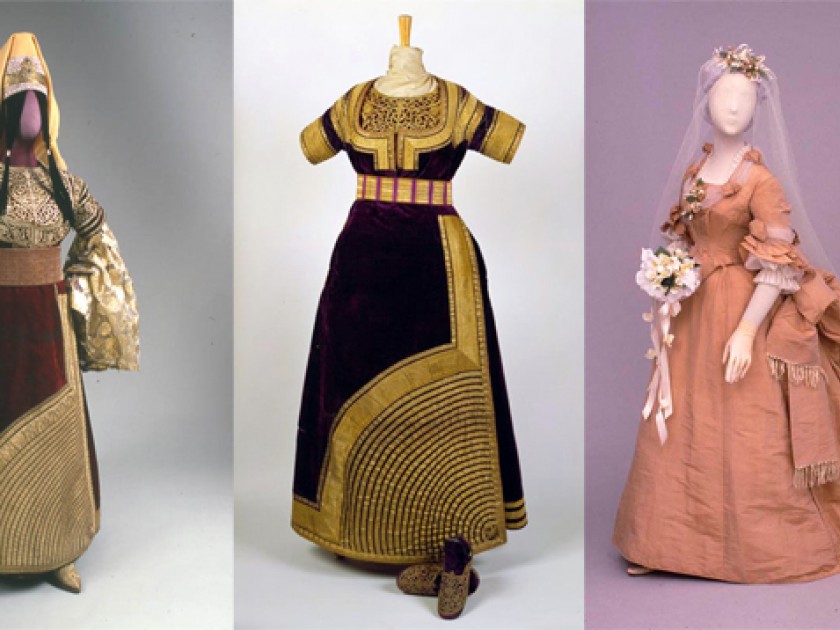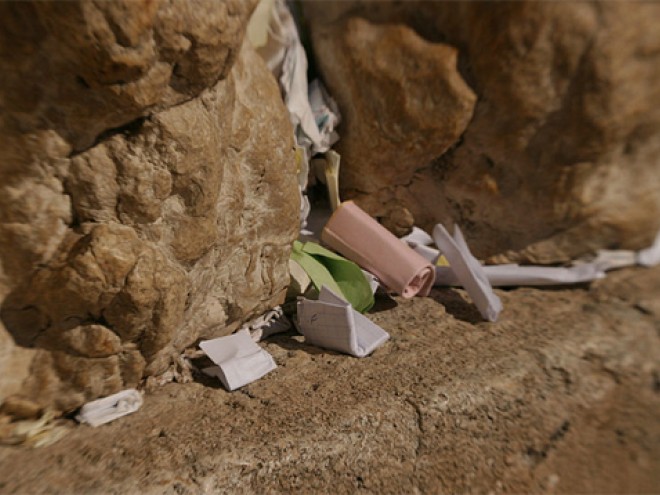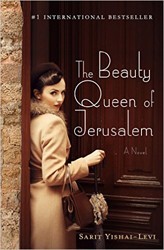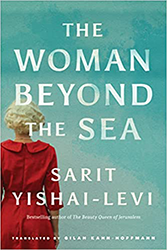
When I began writing my novel The Beauty Queen of Jerusalem, it was also the beginning of an exciting journey back in time. For six and a half years, I visited the period of Ottoman Turkish rule over the Palestine, the period of the British Mandate and the struggle waged by the Jewish underground movements, the War of Independence, and the early years of the State of Israel. In my effort to weave this history into the lives of the novel’s characters, I came across historical phenomena and events that I had not been familiar with before.
In order to construct a world for my novel, I had to engage in some careful and protracted research. The Ermosa family, the main heroes of the book, belong to the Ladino-speaking Sephardic community of Jerusalem between the turn of the nineteenth century and the 1970s. I turned to my mother’s cousin, Ben Zion Nachmias, whose book Hamsa—in which one of the protagonists is my great-grandmother — provided all the information I needed about the community’s customs. My mother’s sister, Miriam, helped me with the Ladino words and phrases I put into the mouths of some of my characters. For my descriptions of the lives of Jerusalem’s young people during the Mandate years, my father took me back in time to his days as a boy and young man. And to fill in the gaps about life in the country before I was born, I spent hours in Beit Ariela, Tel Aviv’s main library. As a journalist, I did not go to the books but rather to the newspaper archives, where I knew I would find intriguing articles that would teach me more than any other source. One of my most fascinating discoveries came from the newspaper HaZvi, published by the reviver of the Hebrew language, Eliezer Ben Yehuda, in the years 1884 to 1915.
It was from the yellowing pages of HaZvi that I learned that the heads of the Ladino-speaking Sephardic community forbade its members to marry people from other communities, particularly Ashkenazim. When a Sephardic girl fell in love, perish the thought, with an Ashkenazi boy — which is what happened to Leah Abu Shadid and Eliezer Ben Yehuda’s son Itamar — a scandal ensued, bringing immense shame onto her family. From those crumbling pages of HaZvi, I learned that the Sephardim were so opposed to intermarriage with Ashkenazim that even though the great philanthropist Sir Moshe Montefiore offered a reward of one hundred golden napoleons to any couple that would intermarry, there were no takers.
I wrote this surprising discovery into my novel, as I created such an impossible romance between Gabriel, a member of the Sephardic Ermosa family, and Rochelle, an Ashkenazi woman. The story of their love and its tragic outcome drives the novel forward. When the book was published, I was asked about the strict ban on marriage between Sephardim and Ashkenazim more than anything else. Readers found it difficult to believe that society was really like that.
Sarit Yishai-Levi is a renowned Israeli journalist and author. In 2016 she published her first book, The Beauty Queen of Jerusalem. It immediately became a bestseller and garnered critical acclaim. The book sold more than three hundred thousand copies in Israel, was translated into ten languages, and was adapted into a TV series that won the Israeli TV award for best drama series. It also won the Publishers Association’s Gold, Platinum, and Diamond prizes; the Steimatzky Prize for bestselling book of the year in Israel; and the WIZO France Prize for best book translated into French.
Yishai-Levi’s second book, The Woman Beyond the Sea, was published in 2019. It won the Publishers Association’s Gold and Platinum prizes and was adapted for television by Netflix.
Yishai-Levi was born in Jerusalem to a Sephardic family that has lived in the city for eight generations. She’s been living with her family in Tel Aviv since 1970.



